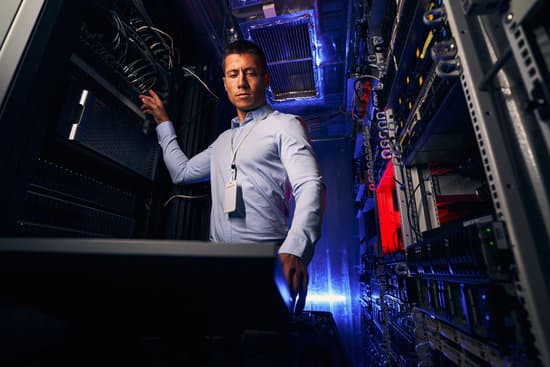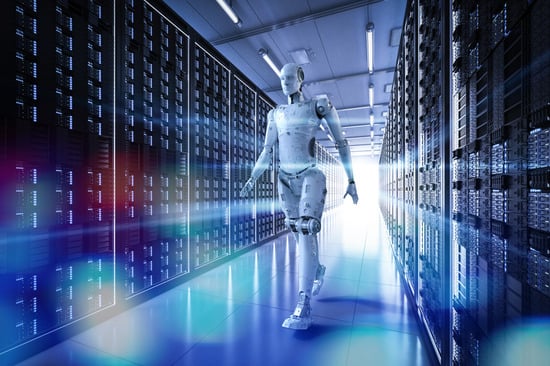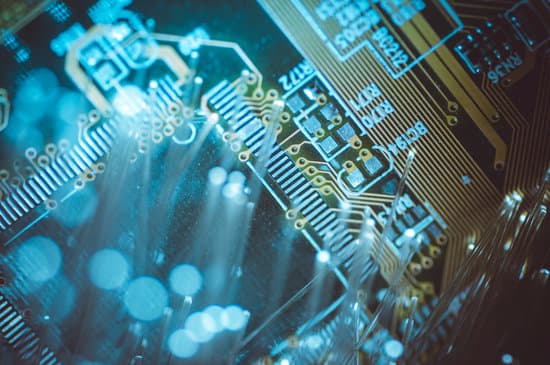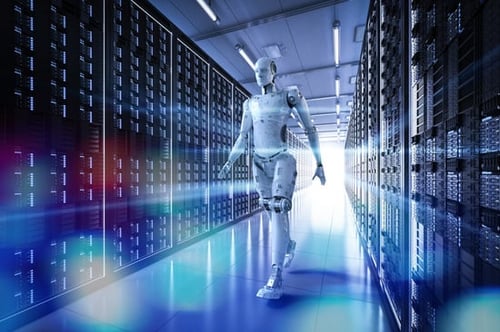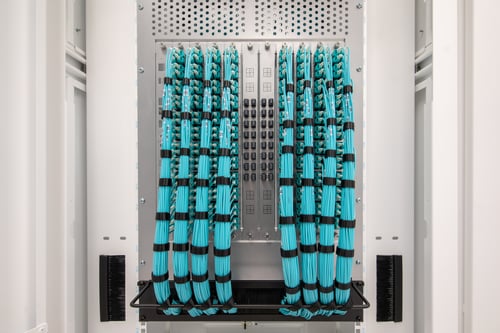The Role of Artificial Intelligence in Achieving Sustainable Data Centers
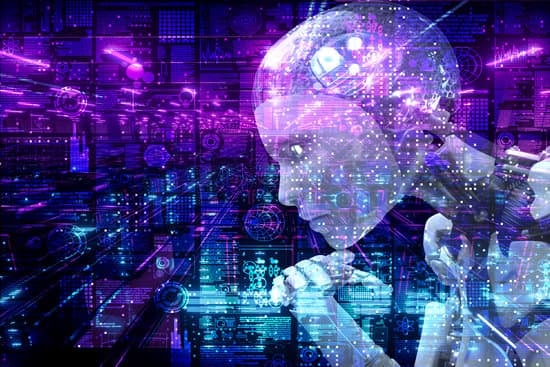
Artificial intelligence (AI) has a significant role in achieving sustainable data centers by optimizing energy consumption, reducing carbon footprint, and improving operational efficiency.
For starters, it’s helpful to view a data center through an industrial lens rather than simply as a commercial enterprise.
“Data centers are not just storage rooms [for] computers. They contain complex arrangements of power equipment, water treatment facilities, and cooling systems,” said Alexy Thomas in a Jan. 3, 2023 Ernst & Young podcast. “Data centers need a lot of power to run. Using AI and automation, we can considerably reduce the power consumption, and therefore, make data centers greener and more sustainable.”
Data centers are indeed energy-intensive facilities – a large-scale data center can use as much electricity as a small town -- that consume significant amounts of electricity to support their operations, such as cooling and computing infrastructure.
In the US market alone, McKinsey & Company says that demand – measured by power consumption to reflect the number of servers a data center can house – is expected to reach 35 gigawatts (GW) by 2030, up from 17 GW in 2022.
The Future is Now to Unlock the Promise of AI in Industrials
McKinsey & Company in the Dec. 6, 2022 article “The Future is Now: Unlocking the Promise of AI in Industrials” argues that businesses need to “set an overall direction and road map and then narrow their focus to areas in which AI can solve specific business problems and create tangible value.”
McKinsey & Company says that the term AI suffers from overuse.
“It has almost become shorthand for any application of cutting-edge technology, obscuring its true definition and purpose,” said McKinsey & Co. “AI is the ability of a machine to perform cognitive functions typically associated with human minds, such as perceiving, reasoning, learning, interacting with the environment, and problem-solving.”
Examples of AI technologies range from robotics to machine learning.
McKinsey & Company says the value created by AI in industrials can:
- Augment the capabilities of knowledge workers, such as engineers.
- Harness predictive capabilities with new applications.
- Reformulate traditional business issues into problems in which AI can use machine learning algorithms to process data and experiences, detect patterns, and make recommendations.
AI Can Enhance Sustainability while Maintaining Operational Performance
By integrating AI technologies, data centers can enhance their sustainability while maintaining their operational performance.
Here are some examples of how AI is currently being used in data centers:
- Predictive maintenance: AI algorithms can analyze data from various sensors and devices to predict maintenance requirements, detect anomalies, and optimize energy usage. This reduces the need for manual inspections and improves equipment efficiency, resulting in lower energy consumption and operational costs.
- Reduce energy consumption: AI can be used to identify areas where energy is being wasted and to make recommendations for how to reduce energy consumption. This can help to lower costs and improve sustainability.
- Cooling optimization: AI can be used to optimize cooling systems by analyzing real-time data from sensors and then adjusting in response to changing conditions. This reduces energy usage and improves cooling efficiency.
- Workload optimization and automating tasks: AI can help optimize workloads in data centers by dynamically adjusting computing resources in response to demand, which can reduce energy consumption during periods of low usage. AI can be used to automate the process of monitoring server performance, network congestion, and disk utilization, helping to reduce downtime and improve efficiency.
- Renewable energy integration: AI can be used to predict energy demand and optimize the integration of renewable energy sources such as wind and solar. This can help data centers reduce their carbon footprint and move towards a more sustainable energy mix.
- Improving Security: AI can be used to identify and respond to security threats, such as cyberattacks, helping to protect systems and data from harm.
Pressure for Data Center Sustainability is Real
AI’s role in helping data centers achieve sustainability is important in 2023 as the pressure from external sources for the sector to “go greener” is real.
“Data centers are big energy consumers—a hyperscaler’s data center can use as much power as 80,000 households do. Pressure to make data centers sustainable is therefore high, and some regulators and governments are imposing sustainability standards on newly built data centers,” said McKinsey & Company in the Jan. 17, 2023 article “Investing in the Rising Data Center Economy.”
McKinsey & Company pointed out that Apple, Google, and Meta had all used carbon offsets to achieve carbon neutral 2020 in their data centers, and that other hyperscalers have committed to green goals by 2030.
“Co-location companies are also under pressure, not least from some of their customers, to meet sustainability goals. A former executive at a hyperscaler told us that the sustainability record of co-location companies was a significant consideration in deciding which ones to work with,” said McKinsey & Company.
Future AI Applications Can Optimize Data Center Sustainability
In the future, AI could be used to further optimize data center sustainability with a Gartner report stating that by 2025, half of the cloud data centers will deploy advanced robots with AI and ML capabilities, resulting in 30 percent higher operating efficiency.
Here are some possible applications:
- Energy storage optimization: AI could be used to optimize energy storage systems, such as batteries or flywheels, by predicting energy demand and balancing supply and demand.
- Intelligent load balancing: AI could be used to optimize the distribution of computing resources within a data center, ensuring that workloads are balanced across different servers and reducing energy usage.
- Predictive analytics: AI could be used to analyze vast amounts of data from a variety of sources, including weather patterns, energy prices, and operational data, to predict future energy demand and optimize energy usage.
- Smart grids: AI could be used to optimize the integration of data centers with smart grids, enabling them to respond to changes in energy supply and demand in real time.
Modern data centers are addressing sustainability issues by deploying AI, wrote Thomas for EY in December 2022.
“Coupled with automation, IoT, and machine learning, AI is helping many operators design and build lean and smart data centers,” concluded Thomas. “AI and robotics solutions not only help improve energy efficiency, reduce carbon emissions, provide predictive maintenance, and improve security but also automate routine activities which reduce workforce requirements.”
Subscribe to News
Recent posts
LATEST NEWS
Friday March 15, 2024
Monday October 30, 2023

